Funds from bonds can only be used for the construction or renovation of buildings, major repairs, and land purchases; they cannot be used for basic education. Bond funds are generally collected over a 15 to 20-year period (similar to a home mortgage).
Maintenance and construction costs are not part of the state funding formula. Large projects regarding facilities can only be funded through a voter approved bond.
Bonds need to pass with more than 60% approval.



